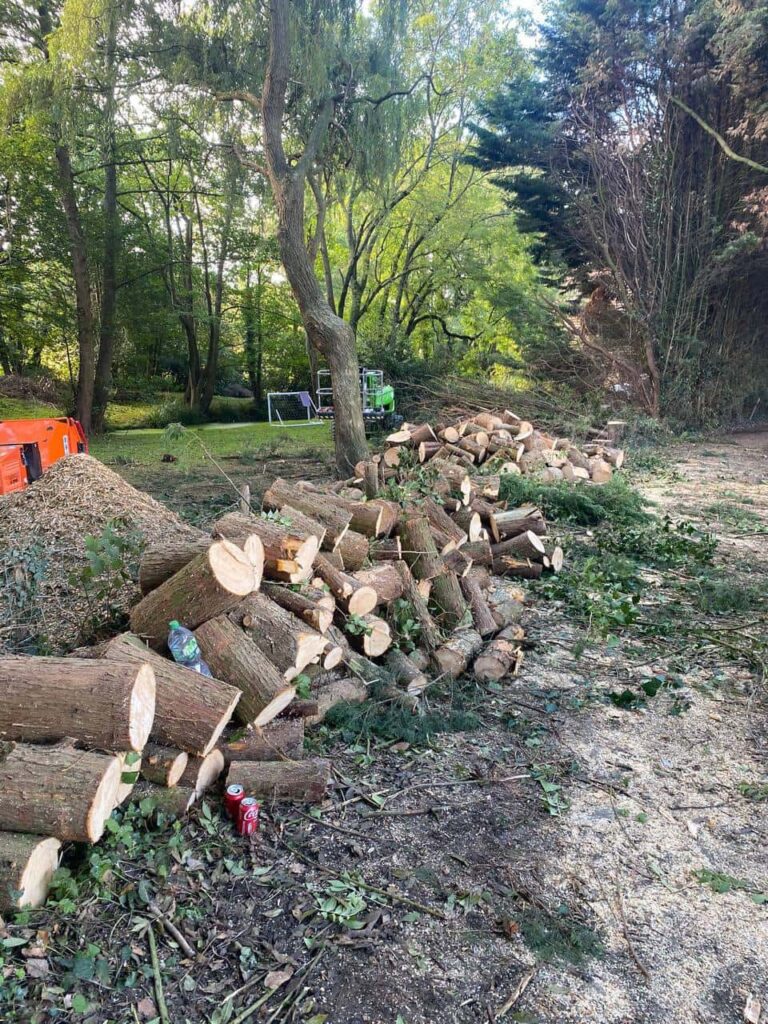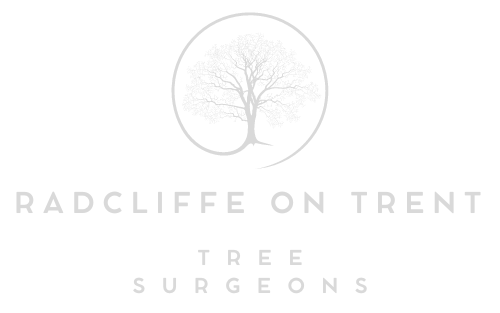Light Reduction Issues? Trimming May Be the Solution
If your garden feels darker than it used to or you’ve noticed that indoor spaces are receiving less natural light, overgrown trees may be the cause. While trees add beauty and privacy to any property, unchecked growth can lead to excessive shading and poor air circulation. In many cases, professional trimming provides an effective and sustainable solution.
At Radcliffe on Trent Tree Surgeons, we help homeowners across Radcliffe on Trent and Nottingham restore balance to their outdoor spaces through precise and responsible tree trimming. Here’s why light reduction happens and how trimming can make a remarkable difference.
Why Trees Cause Light Reduction
As trees mature, their canopies expand both upwards and outwards, often creating a dense barrier that blocks sunlight from reaching lawns, gardens, and windows. While this shade can be pleasant in summer, excessive coverage can lead to several issues.
Common Problems Caused by Overgrown Trees
- Reduced lawn and plant growth: Many plants need direct sunlight for healthy development.
- Damp and moss growth: Shaded, poorly ventilated areas encourage moss and algae to thrive.
- Colder interiors: Homes surrounded by heavy tree cover can feel cooler and darker, even during the day.
- Increased moisture and decay: Persistent shade slows evaporation, potentially damaging fences, decking, and garden structures.
If these issues sound familiar, it’s time to assess whether trimming could restore the light balance on your property.
How Tree Trimming Restores Light and Air Flow
Tree trimming, when carried out correctly, removes selective branches to thin the canopy without harming the tree’s structure or health. The goal is to allow more sunlight to penetrate through while maintaining the tree’s natural shape and strength.
Key Benefits of Professional Trimming
- Increased sunlight exposure: More light reaches lawns, patios, and windows, improving both aesthetics and comfort.
- Improved air circulation: Reduces humidity and prevents fungal growth on trees and garden surfaces.
- Healthier trees: Removing weak, crossing, or diseased branches allows the tree to allocate energy efficiently.
- Reduced risk of storm damage: Thinning dense canopies decreases wind resistance and the chance of broken branches.
At Radcliffe on Trent Tree Surgeons, our team uses precise cutting techniques that respect both the biology and balance of each tree, ensuring safe and effective results.
Understanding the Right Approach to Trimming
Trimming is not a one-size-fits-all process. Each tree species, age, and condition requires a specific approach to achieve optimal results.
Types of Trimming Used to Address Light Issues
- Crown thinning: Removes select branches throughout the canopy to improve light penetration and airflow.
- Crown lifting: Removes lower branches to allow more sunlight into shaded areas like lawns or driveways.
- Crown reduction: Reduces overall height or spread to limit shading without compromising structural integrity.
These methods, when applied by experienced professionals, create a balanced canopy that enhances both tree health and garden visibility.
When to Trim for the Best Results
Timing plays an important role in the success of tree trimming. In general, most trees respond best when trimmed during dormant or late-winter periods, although light pruning can be done at other times of the year.
Consider Trimming When:
- Branches are blocking sunlight from gardens or windows.
- Trees are encroaching on buildings or power lines.
- There’s poor grass growth or dampness beneath large canopies.
- Branches have become tangled or overly dense.
By addressing these issues early, you not only restore light but also prevent potential hazards or long-term structural decline.
How Professional Tree Surgeons Ensure Safe and Effective Results
Tree trimming may seem straightforward, but without the correct knowledge and equipment, it can lead to poor results or even damage to the tree. Professional tree surgeons combine technical skill with ecological understanding to ensure every cut benefits the tree and its surroundings.
Why Professional Expertise Matters
- Precision: Identifying which branches to remove without over-thinning.
- Safety: Managing height and equipment securely.
- Tree health: Avoiding unnecessary stress or improper cuts.
- Aesthetic balance: Retaining the tree’s natural shape and symmetry.
Radcliffe on Trent Tree Surgeons follows industry best practices to protect both your trees and your property, delivering results that look natural while achieving the desired increase in light and space.
Preventing Future Light Reduction
Regular maintenance is key to preventing light obstruction from recurring. Once trimmed, trees benefit from scheduled inspections and minor pruning every few years to keep growth under control.
Ongoing Maintenance Tips
- Monitor how fast canopies regrow and shade key areas.
- Trim smaller branches before they become problematic.
- Maintain hedge lines alongside trees for consistent light flow.
- Schedule professional assessments to catch issues early.
By keeping up with maintenance, your trees will continue to thrive without overwhelming your garden or home.
Conclusion
Light reduction is a common issue in mature gardens, but it doesn’t mean you need to remove your trees. With careful and professional trimming, you can regain natural light, enhance outdoor space, and keep your trees strong and healthy.
Radcliffe on Trent Tree Surgeons in Radcliffe on Trent, Nottingham, provides expert trimming services designed to restore light, improve airflow, and maintain the natural beauty of your garden. If you’re struggling with dark, shaded areas, our experienced team can help bring light back to your property safely and effectively.
Call us on: 0115 647 1195
Click here to find out more about Radcliffe on Trent Tree Surgeons
Click here to complete our contact form and see how we can help with your tree needs.

